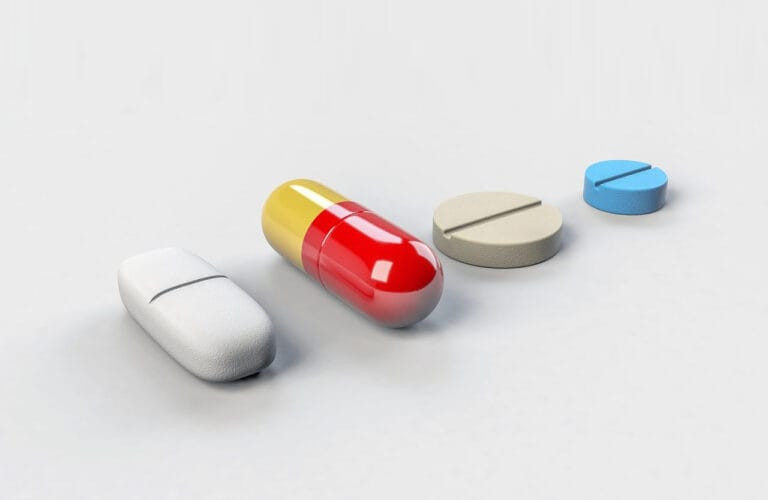- Pharmaceuticals and biologics rely on specialised airfreight networks to maintain efficacy, safety, and compliance from manufacturer to end user.
- Key products include vaccines, insulin, cancer therapies, advanced biologics, and veterinary medicines, all requiring strict temperature control, security, and regulatory adherence.
- Airfreight hubs such as Amsterdam, Paris, London, Frankfurt, and Brussels provide temperature-controlled facilities, real-time monitoring, bonded warehousing, and road feeder services to ensure timely and safe delivery worldwide.
- Regulatory compliance is essential, with GDP standards, IATA CEIV Pharma certification, tamper-evident packaging, serialisation, and trained personnel safeguarding product integrity and patient health.
- Human and veterinary pharma differ in handling and documentation requirements, while high-value, temperature-sensitive shipments drive investment in cold-chain technology, digital tracking, and security measures to balance efficiency, safety, and growing global demand.
The global pharmaceutical industry relies heavily on airfreight to ensure timely and secure delivery of vital medicines, vaccines and biologics across international markets. With rising demand for rapid delivery of high-value and temperature-sensitive pharmaceuticals, the air cargo sector has become an essential link in the healthcare supply chain. Pharma airfreight is not merely a logistics function; it is a critical component of patient care, where delays, temperature excursions or security lapses can have significant health implications.
Airfreight’s role
Airfreight is often the preferred mode of transport for pharmaceuticals due to the time sensitivity of many drugs. High-value, life-saving treatments – such as insulin, vaccines, cancer therapies and biologics – require strict environmental control and minimal transit time to maintain efficacy and safety; creating superior speed and better responsiveness to market fluctuations or emergency demand, such as during pandemics or regional health crises.
Pharmaceutical companies, logistics providers, and regulatory agencies work collaboratively to ensure that products are transported in compliance with global Good Distribution Practices (GDP), including those mandated by the European Union, the World Health Organization (WHO) and national regulatory authorities. These guidelines address temperature management, documentation, security and chain of custody requirements.
Maintaining temperature control throughout the journey – commonly referred to as “cold chain management” – is arguably the most critical challenge in pharmaceutical airfreight. Many drugs must be stored within strict temperature ranges (e.g., 2°C to 8°C for refrigerated items, or -20°C for some biologics) to retain their efficacy. Even brief excursions can render products ineffective or unsafe. Recent trends show increased investment in temperature-controlled packaging, real-time tracking technologies, and airport infrastructure enhancements. The rise of passive packaging solutions (such as phase-change materials and vacuum-insulated panels) and active containers with built-in refrigeration has helped mitigate risk. Additionally, pharmaceutical companies are demanding greater transparency and accountability from logistics providers through data logging and end-to-end temperature visibility.
Pharmaceuticals are a prime target for theft and counterfeiting due to their high value and global demand. Counterfeit drugs not only pose severe health risks but also erode brand trust and financial performance for manufacturers. Airfreight is still vulnerable during transit and handling stages.
Security measures in airfreight have evolved to include tamper-evident packaging, secure pallets, and digital chain-of-custody documentation. The increasing use of blockchain technology and IoT-enabled tracking devices enhances transparency and reduces the risk of fraud and diversion.
The EU Falsified Medicines Directive and similar regulations in other jurisdictions have compelled the industry to adopt stricter traceability protocols, such as serialisation and barcoding. Nevertheless, ensuring compliance across multiple borders and logistics partners remains a complex challenge.
Proper handling of pharmaceuticals requires not only infrastructure but also trained personnel at every stage of the supply chain. Missteps in manual handling, customs delays, or poor documentation can compromise product integrity and regulatory compliance.
A growing trend is the certification of logistics providers under schemes such as IATA’s CEIV Pharma (Centre of Excellence for Independent Validators in Pharmaceutical Logistics), which standardises handling practices across the airfreight supply chain. Airlines, ground handlers, and freight forwarders increasingly seek this certification to demonstrate competency and build trust with pharmaceutical shippers.
Human vs animal pharma
While both human and veterinary pharmaceuticals require care during transport, there are nuanced differences in their airfreight requirements. Human pharmaceuticals are subject to more stringent regulatory oversight, particularly in terms of licensing, documentation, and cold chain verification. The human health market typically involves higher-value products, such as personalised therapies or advanced biologics, which often demand more precise temperature controls and tighter security measures.
Veterinary pharmaceuticals, while still regulated, may have more flexibility in packaging and transit conditions depending on the product. For instance, treatments for livestock in developing countries may be designed with broader temperature tolerances. However, the rise of premium pet healthcare and zoonotic disease control, such as avian flu or rabies, is raising the bar for animal pharma logistics, particularly in regions with sophisticated veterinary markets.
Both segments face challenges with customs clearance, labelling, and regulatory differences across countries. In some cases, the classification of a product – whether it is for human or animal use – can significantly impact import/export procedures and permissible air routes.
Understanding the differences between human and animal pharmaceutical requirements further highlights the complexity of this field. As the global demand for safe, efficient, and compliant pharmaceutical transport grows, airfreight providers must continue to adapt, invest and innovate to support this vital sector of global health.





